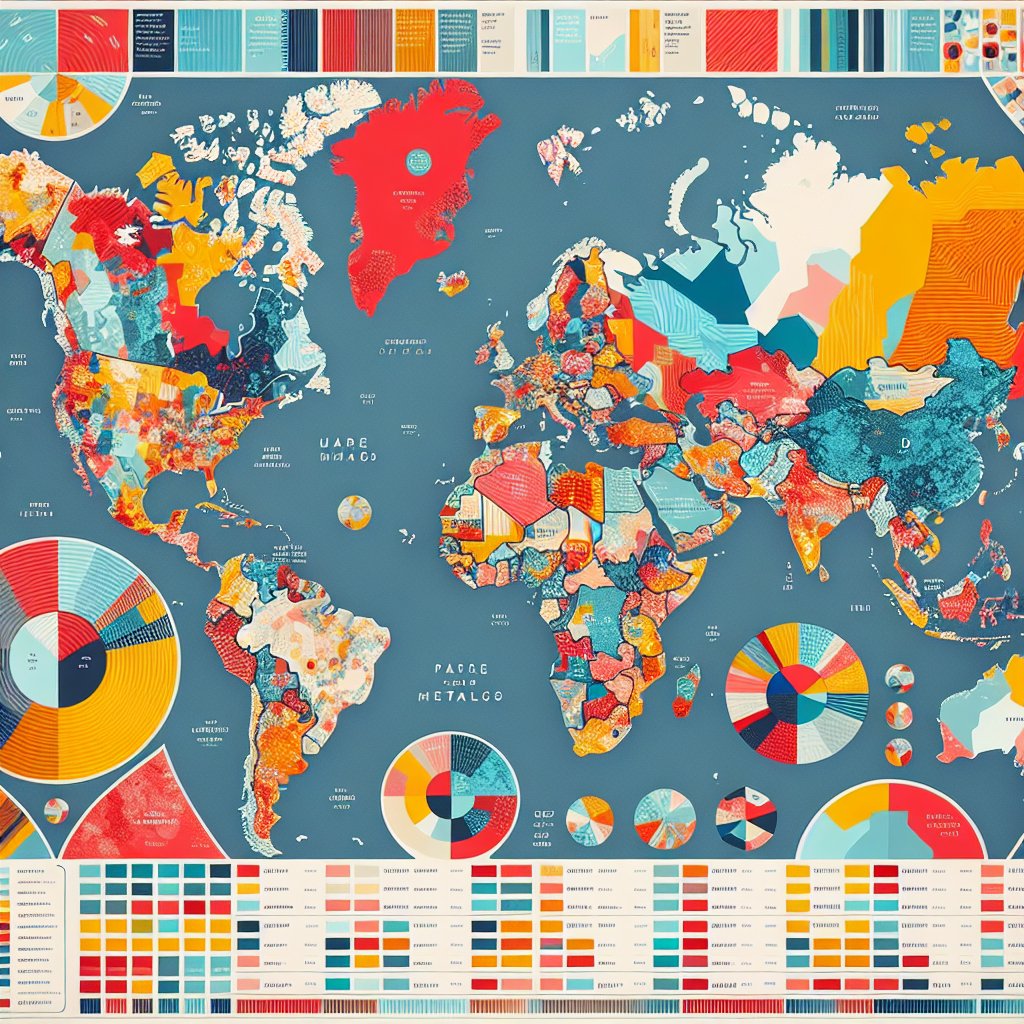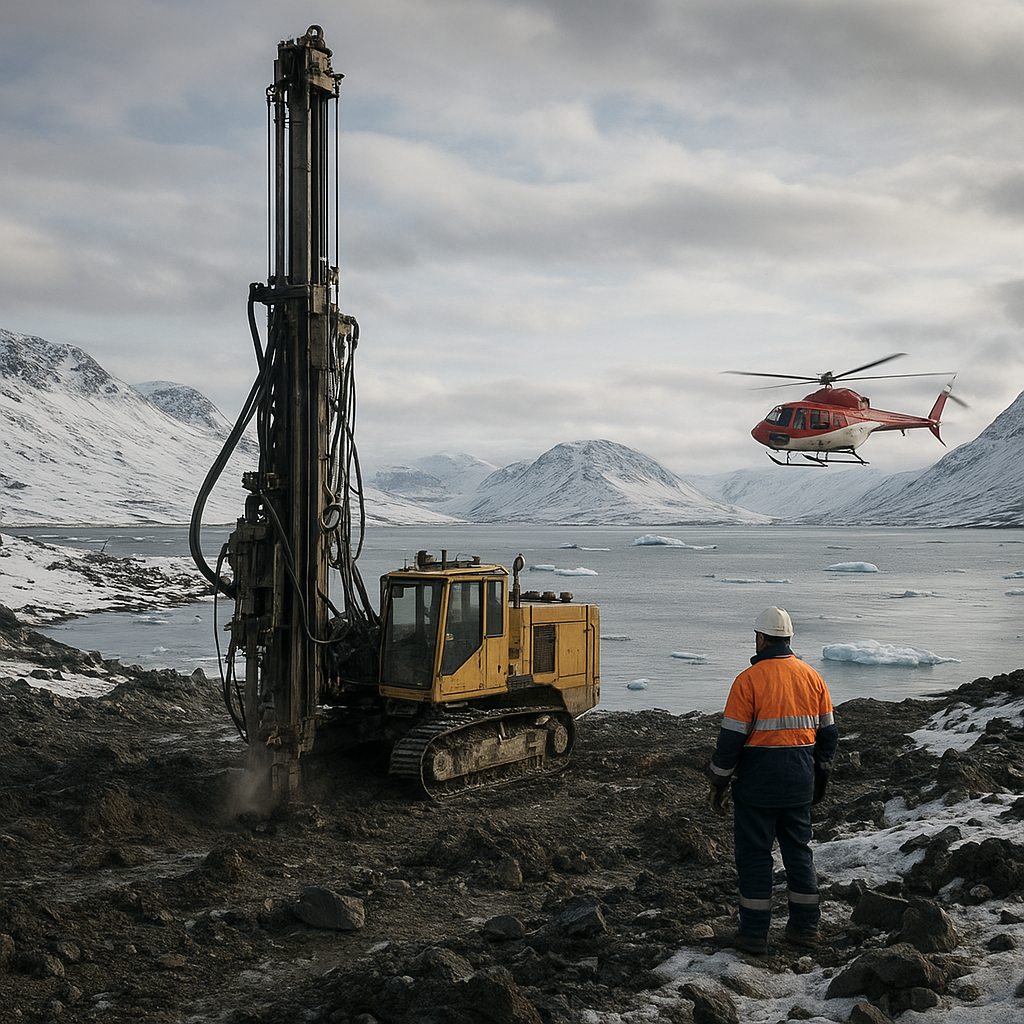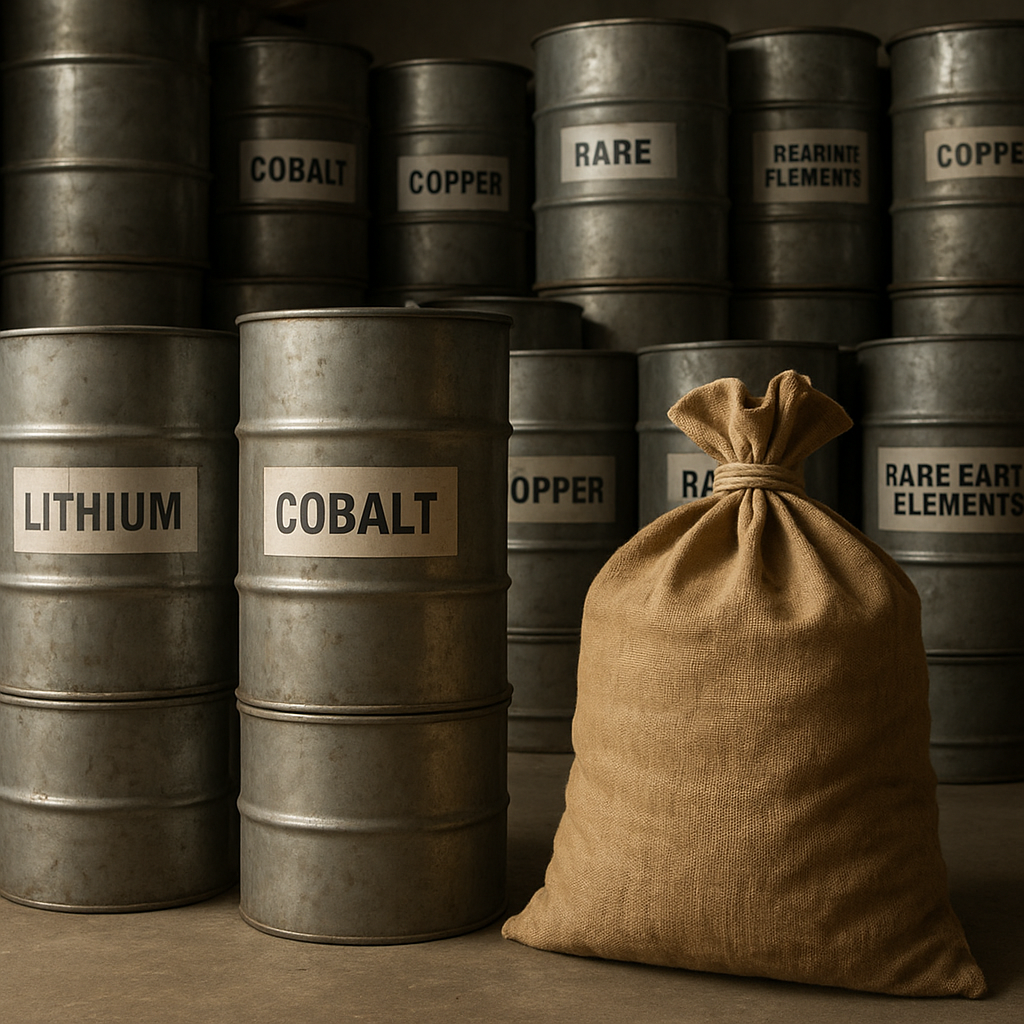The global reserves of rare metals are a critical component of modern technology and industry, playing a pivotal role in everything from electronics to renewable energy solutions. As the demand for these metals continues to rise, understanding who holds the largest reserves and how they are distributed globally becomes increasingly important. This article delves into the intricacies of global rare metal reserves, examining the key players, the geopolitical implications, and the future outlook for these essential resources.
Understanding Rare Metals and Their Importance
Rare metals, often referred to as rare earth elements (REEs), are a group of 17 chemical elements in the periodic table, specifically the 15 lanthanides plus scandium and yttrium. Despite their name, these metals are relatively abundant in the Earth’s crust; however, they are rarely found in concentrated forms, making their extraction and processing both challenging and costly. The unique properties of rare metals, such as their magnetic, luminescent, and electrochemical characteristics, make them indispensable in a wide range of high-tech applications.
In the electronics industry, rare metals are crucial for the production of smartphones, computers, and other digital devices. They are also vital in the manufacturing of advanced military technology, including precision-guided weapons and stealth aircraft. Furthermore, the transition to renewable energy sources has significantly increased the demand for rare metals, as they are essential components in wind turbines, solar panels, and electric vehicle batteries.
The strategic importance of rare metals cannot be overstated. As countries strive to secure their supply chains and reduce dependency on foreign sources, the control and distribution of these resources have become a focal point of international relations. The geopolitical landscape surrounding rare metals is complex, with a few countries dominating the production and reserves, leading to potential vulnerabilities and opportunities for both producers and consumers.
Global Distribution of Rare Metal Reserves
The global distribution of rare metal reserves is highly uneven, with a few countries holding the majority of the world’s supply. China is the undisputed leader in rare metal production, accounting for approximately 60% of global output. The country has invested heavily in its mining and processing capabilities, allowing it to dominate the market and influence global prices. China’s vast reserves and production capacity have positioned it as a critical player in the rare metals industry, giving it significant leverage in international trade negotiations.
Australia is another major player in the rare metals market, with substantial reserves and a well-established mining industry. The country is the second-largest producer of rare metals, contributing around 10% of global supply. Australia’s stable political environment and commitment to sustainable mining practices make it an attractive partner for countries seeking to diversify their sources of rare metals.
Other countries with notable rare metal reserves include the United States, Brazil, India, and Russia. The United States has been working to revitalize its rare metals industry, focusing on increasing domestic production and reducing reliance on imports. Brazil and India have significant untapped reserves, presenting opportunities for future development and investment. Russia, with its vast mineral resources, also holds considerable potential in the rare metals sector, although geopolitical tensions may impact its ability to fully capitalize on these resources.
The concentration of rare metal reserves in a few countries has led to concerns about supply chain security and the potential for market manipulation. As demand for these metals continues to grow, countries are increasingly looking to diversify their sources and invest in alternative technologies to reduce their dependency on a limited number of suppliers.
The Future of Rare Metal Reserves and Their Impact
The future of rare metal reserves is shaped by several key factors, including technological advancements, environmental considerations, and geopolitical dynamics. As technology continues to evolve, the demand for rare metals is expected to increase, driven by the growth of industries such as renewable energy, electric vehicles, and advanced electronics. This rising demand will likely lead to increased exploration and development of new mining projects, as well as advancements in recycling and alternative materials.
Environmental concerns are also playing a significant role in shaping the future of rare metal reserves. The extraction and processing of these metals can have significant environmental impacts, including habitat destruction, water pollution, and greenhouse gas emissions. As a result, there is a growing emphasis on sustainable mining practices and the development of technologies that minimize environmental harm. Companies and governments are investing in research and development to improve the efficiency and sustainability of rare metal extraction and processing.
Geopolitical dynamics will continue to influence the global rare metals market. As countries seek to secure their supply chains and reduce dependency on dominant producers like China, there is likely to be increased collaboration and competition in the development of new sources and technologies. Trade policies, international agreements, and strategic partnerships will play a crucial role in shaping the future landscape of rare metal reserves.
In conclusion, the global reserves of rare metals are a vital component of modern industry and technology, with significant implications for economic growth, national security, and environmental sustainability. Understanding the distribution and dynamics of these resources is essential for policymakers, businesses, and consumers alike, as they navigate the challenges and opportunities presented by the evolving rare metals market.












